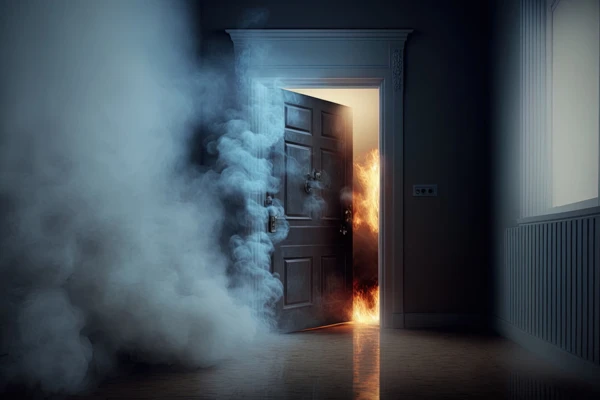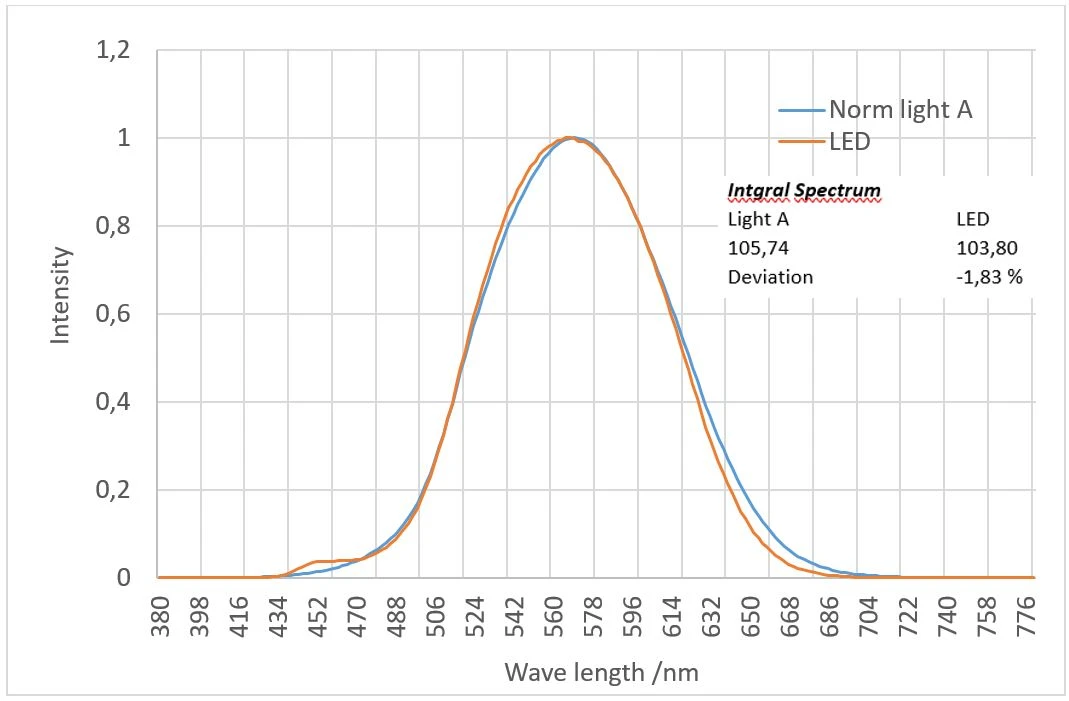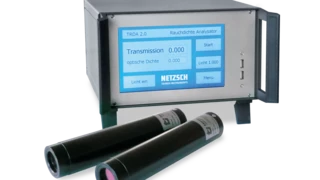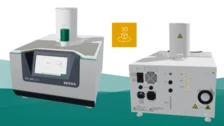
13.09.2023 by Dr. André Lindemann, Aileen Sammler
NETZSCH TAURUS Instruments TRD_LED: The Latest Measurement Technique for Transmission and Optical Smoke Density
Determining smoke DensityThe mass density is defined as the ratio between mass and volume. density during fire testing is a key factor to saving lives! The aim is to influence the fire behavior of building materials in such a way that smoke development is as low as possible in order to ensure evacuations in good visibility conditions in the event of fire. The results of smoke DensityThe mass density is defined as the ratio between mass and volume. density measurements are incorporated into building regulations, material evaluations and the design of fire protection systems.
The new TRD_LED offers much higher efficiency and performance compared to conventional measurement systems using halogen lamps or laser.
In fire testing, optical methods are used for determination of the smoke DensityThe mass density is defined as the ratio between mass and volume. density. The basis for this is a light source and a light receiver, the axis of which is arranged such that the light beam penetrates a representative cross-section in the flue gas canal or a smoke chamber. The measurement signal corresponds to the transmission of the light through the flue gas. From the transmission value (0 – 100%), the optical DensityThe mass density is defined as the ratio between mass and volume. density along with the smoke DensityThe mass density is defined as the ratio between mass and volume. density can be determined at a known volume flow.
Optical DensityThe mass density is defined as the ratio between mass and volume. density refers to the ability of a material to absorb or block light, while smoke DensityThe mass density is defined as the ratio between mass and volume. density measures the concentration of smoke particles in the air.

CO2 Footprint: Performance and Efficiency with new LED technology
For many years, well-known light measurement systems based on TRDA and TRDL techniques have been used in the fire testing instruments developed by NETZSCH TAURUS. For the cable and building industry, these include KBT 916 (EN 50399, IEC 60332-3-10) and SBI 915 (EN 13823), and for flooring materials and material research, they include TBB 913 (EN ISO 9239-1) and TCC 918 (ISO 5660-1, ASTM E1354). Here, halogen lamps (TRDA) and laser (TRDL) are used as light sources.
With the newly developed TRD_LED light measurement system in accordance with ISO/TS 19850:2022, NETZSCH TAURUS Instruments is setting new standards in efficiency, performance and availability over conventional technology with halogen lamps.
The Standard is Exceeded
The dimensions of the new system are almost identical compared to halogen technology, as are light beam behavior and spectrum as well. The requirements in the new ISO/TS 19850:2022 standard with regard to the light spectrum are specified with a maximum possible deviation of 5% for the area integral. For the TRD_LED, agreement of the LED/halogen spectra of better than 98% can be achieved (deviation less than 2%). Figure 2 shows the spectra comparison.

Better Performance
The use of LED technology with integrated voltage regulation and temperature compensation results in considerably better stability and immediate readiness for use. After a warm-up time of only 2 minutes, the signal is stable to ±0.2% and a measurement can be started. Figure 2 depicts the comparison between LED and halogen technology. For the halogen technology, there are signal changes of 1–2% within 45 min after switching on, due to the warm-up phase.

Higher Efficiency
Due to the typical characteristics of LED technology, firstly, the power consumption of LED is significantly lower (<0.3 W compared to 10 W for halogen); secondly, a regulated power supply is no longer required. In addition, the service life of the LED is 10 times higher than the halogen lamp.

Compatibility
The new NETZSCH Taurus TRD_LED measurement technology for the measurement of transmission and optical smoke DensityThe mass density is defined as the ratio between mass and volume. density will soon be available as standalone device version.
The 24-V power supply can be provided by a simple power supply unit. There is full electrical compatibility with the existing electronics of the TRDA. It is therefore easy to update older equipment from NETZSCH TAURUS Instruments to the new LED technology, as soon as the standard has been adapted regarding the use of LED technology.






